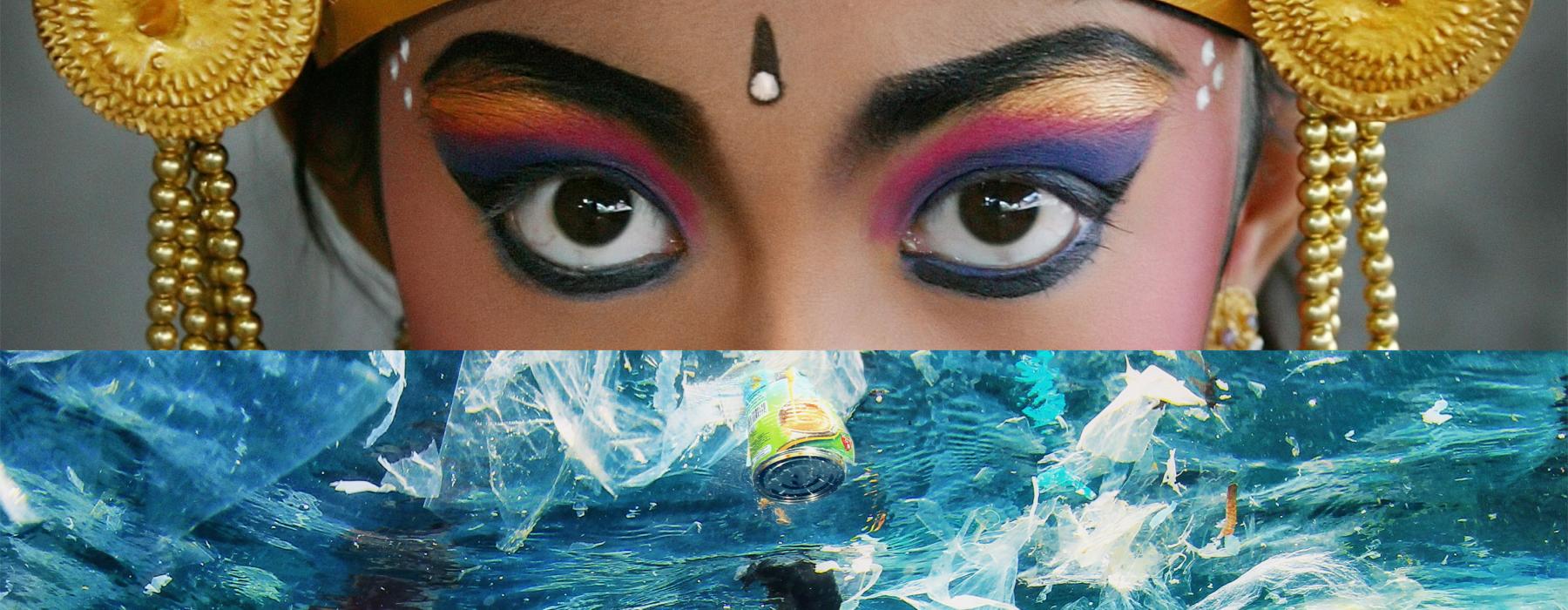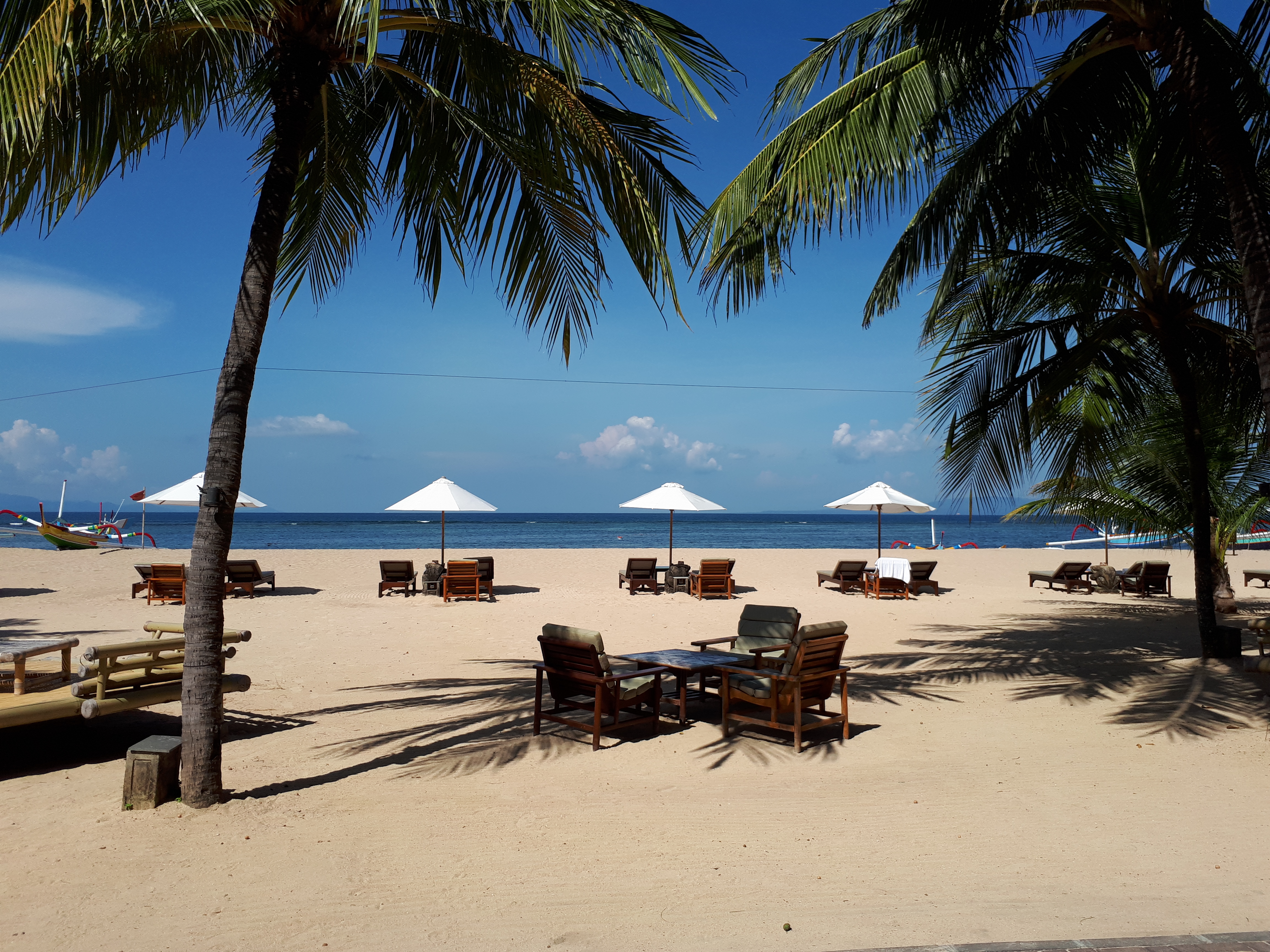
Think of Bali and the name conjures up an image of white sandy beaches, ancient temples and paddy fields stretching as far as the eye can see. That paradisiacal image was created by the Dutch during the colonial era, as a smoke screen for the island’s conquest and the bloody battles fought. Since then the island has become a tourist magnet, synonymous with relaxation and a haven of spiritual renewal. But mass tourism, together with the creeping urbanization swallowing up Bali’s rice fields and the plastic waste engulfing its shores, pose an increasing threat. The Indonesian island’s fate reflects a worldwide problem.
